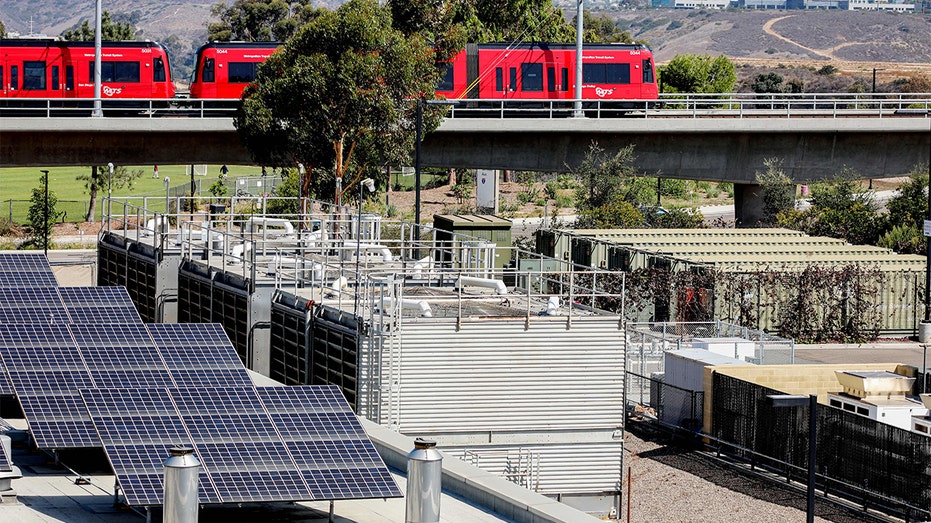California's Green Energy Gamble Backfires: Skyrocketing Costs and Unstable Grid

Sarah Johnson
March 3, 2025
Brief
California and New England face soaring electricity costs and unreliable grids due to aggressive green energy policies, while states like Texas thrive with balanced, affordable energy strategies.
California’s ambitious green energy policies, once touted as a model for the future, appear to be unraveling under the weight of high costs and unreliable infrastructure. In 2024, the U.S. Energy Information Administration (EIA) ranked California with the second-highest electricity prices in the nation, only trailing Hawaii. This marks a sharp contrast to two decades ago when the state was closer to the middle of the pack.
The state’s commitment to renewable energy has been a double-edged sword. Policymakers in Sacramento pushed mandates that forced utilities to adopt wind and solar power while discouraging natural gas, nuclear, and hydroelectric projects. These decisions, while environmentally driven, have led to a less stable grid and soaring energy costs. California’s cap-and-trade system, restrictive permitting laws, and renewable energy quotas—like the Renewable Portfolio Standard, which requires utilities to generate 60% of electricity from renewables by 2030—have added to the economic strain.
Meanwhile, natural gas, a vital component of a balanced energy portfolio, has been sidelined. Between 2014 and 2024, California approved only five new natural gas plants, four of which merely replaced older facilities. For comparison, the state built dozens of plants with over 20 gigawatts of capacity in the prior decade. This gap has left Californians increasingly vulnerable to blackouts and rate hikes.
The energy crisis isn’t just limited to California. New England faces similar challenges, with Connecticut and Massachusetts ranking third and fourth in electricity costs nationwide. These states, like California, have shut down coal plants, resisted natural gas expansion, and avoided nuclear investments. The result? Price volatility and reliance on imported liquefied natural gas (LNG) from overseas, including—to add a touch of irony—even Russia. Yes, while the U.S. leads global natural gas production, New England’s pipeline constraints force it to import energy from across the globe.
In stark contrast, states like Texas, Louisiana, and Oklahoma have embraced a more balanced approach, relying on domestic energy sources and modern infrastructure. Texas, for instance, boasts industrial electricity prices averaging just 6.26 cents per kilowatt-hour in 2023—compared to California’s jaw-dropping 21.98 cents. No wonder tech industries, especially energy-hungry AI installations, are flocking to the Lone Star State.
The evidence is clear: prioritizing ideological energy policies over affordability and practicality has made life harder for working families and businesses in states like California and New England. The dream of a green energy utopia has instead turned into a cautionary tale, with rising costs and grid instability becoming the norm. If these states want to turn the tide, they’ll need to rethink their aversion to natural gas and nuclear power and invest in infrastructure that supports a reliable and cost-effective energy future.
But for now, as electricity bills climb and blackouts loom, the burden falls squarely on the shoulders of everyday Californians and New Englanders. Meanwhile, policymakers sit comfortably in their ivory towers, seemingly unfazed by the fallout of their decisions. One has to wonder—when will common sense catch up with ideology?
Topics
Editor's Comments
This is what happens when you dive headfirst into idealism without a life jacket of practicality. California and New England’s energy policies are like trying to build a house with solar panels but forgetting the walls—good intentions, but where’s the plan for stability? And let’s not even get started on importing LNG from Russia while sitting on a goldmine of domestic natural gas. The irony is almost too much to bear.
Like this article? Share it with your friends!
If you find this article interesting, feel free to share it with your friends!
Thank you for your support! Sharing is the greatest encouragement for us.



